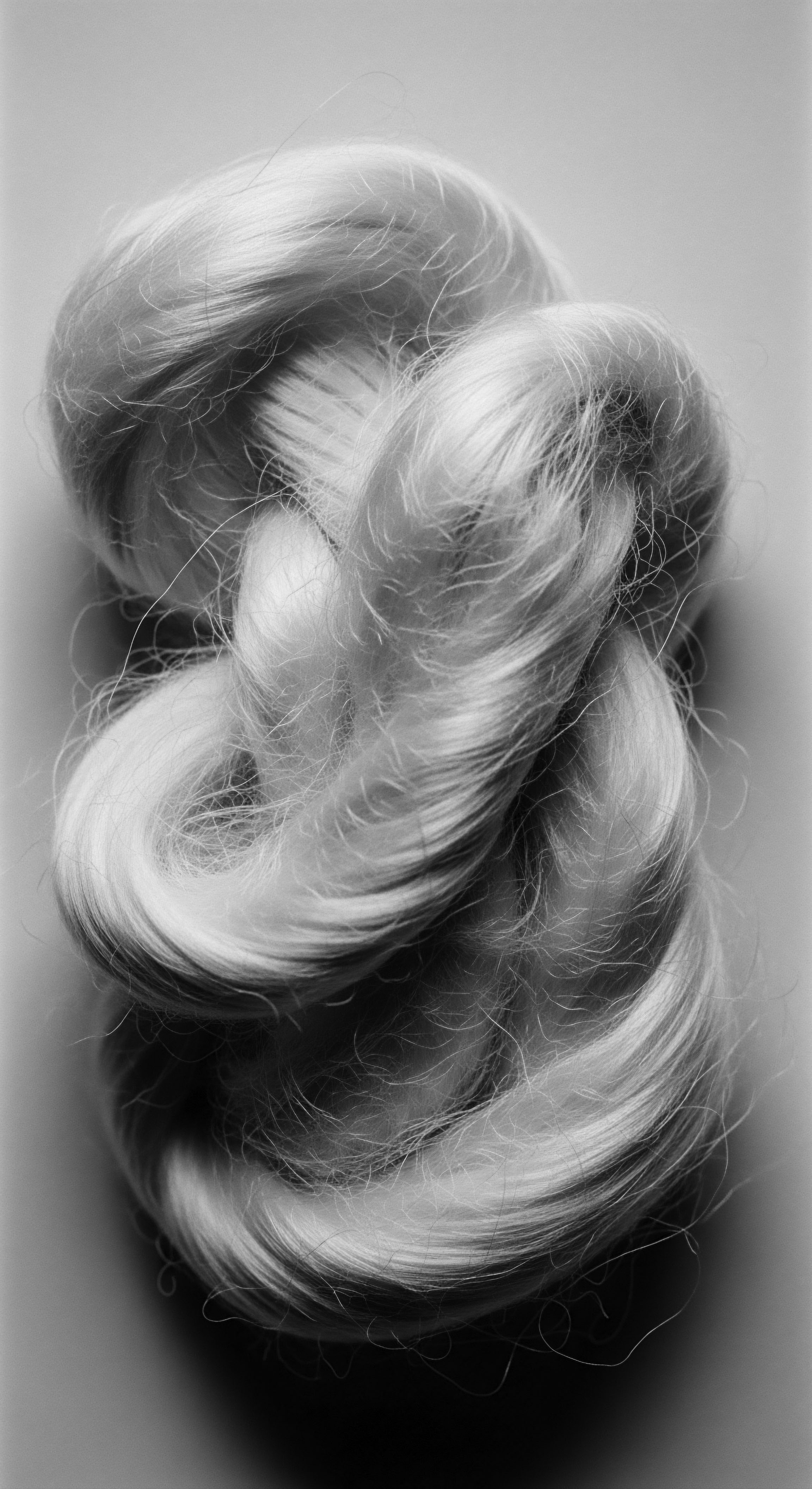
Roots
To truly comprehend the vibrant life of textured hair, to feel its rhythm and hear its ancestral whispers, one must journey back to its very origins. It is not merely a collection of strands, but a living archive, a testament to resilience, wisdom, and profound cultural memory. For those of us whose lineage carries the coils, kinks, and waves of African and mixed-race heritage, our hair holds stories—tales of survival, ingenuity, and an unbreakable connection to the earth and spirit.
This exploration of how historical hair practices inform our modern care is an invitation to walk hand-in-hand with those who came before, to feel the sun on their scalps as they tended their crowns, and to recognize their enduring wisdom in every nourishing oil and protective style we choose today. We seek not just information, but understanding, a communion with the past that shapes our present relationship with our magnificent hair.
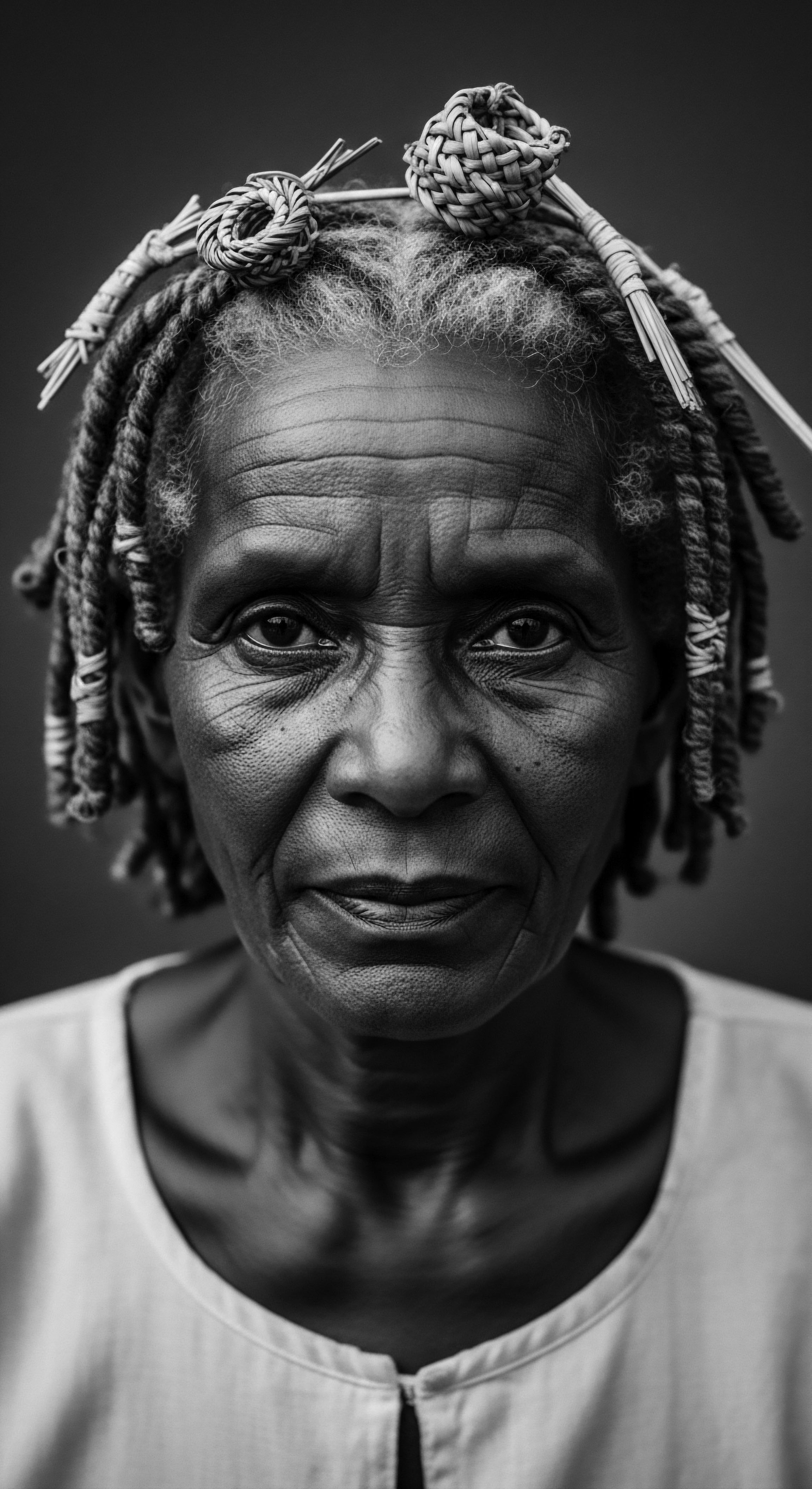
Hair Anatomy and Ancestral Insights
The very structure of textured hair, with its elliptical follicle shape and unique curl pattern, dictates its particular needs. Unlike straight strands, which descend from round follicles, coily and kinky hair emerges from an oval-shaped opening, causing the hair shaft to twist and turn as it grows. These natural twists, or helices, create points where the cuticle layer—the protective outer sheath of the hair—is lifted, making textured hair more prone to dryness and breakage. This inherent fragility, a biological truth, was not lost on our ancestors.
Long before microscopes revealed the secrets of the hair shaft, traditional communities across Africa developed sophisticated care practices that instinctively addressed these very challenges. Their methods, passed down through generations, were a testament to observation and adaptation, focusing on moisture retention and gentle handling.
Consider the deep reverence for hair in pre-colonial African societies. It was seen as a conduit for spiritual energy, the most elevated part of the body, a connection to the divine and to ancestors. Among the Yoruba people of Nigeria, hair was considered sacred, its care believed to bring good fortune.
This belief system naturally fostered practices that prioritized the health and vitality of the hair, recognizing its intrinsic value beyond mere adornment. This understanding shaped daily rituals, ensuring strands were treated with honor.
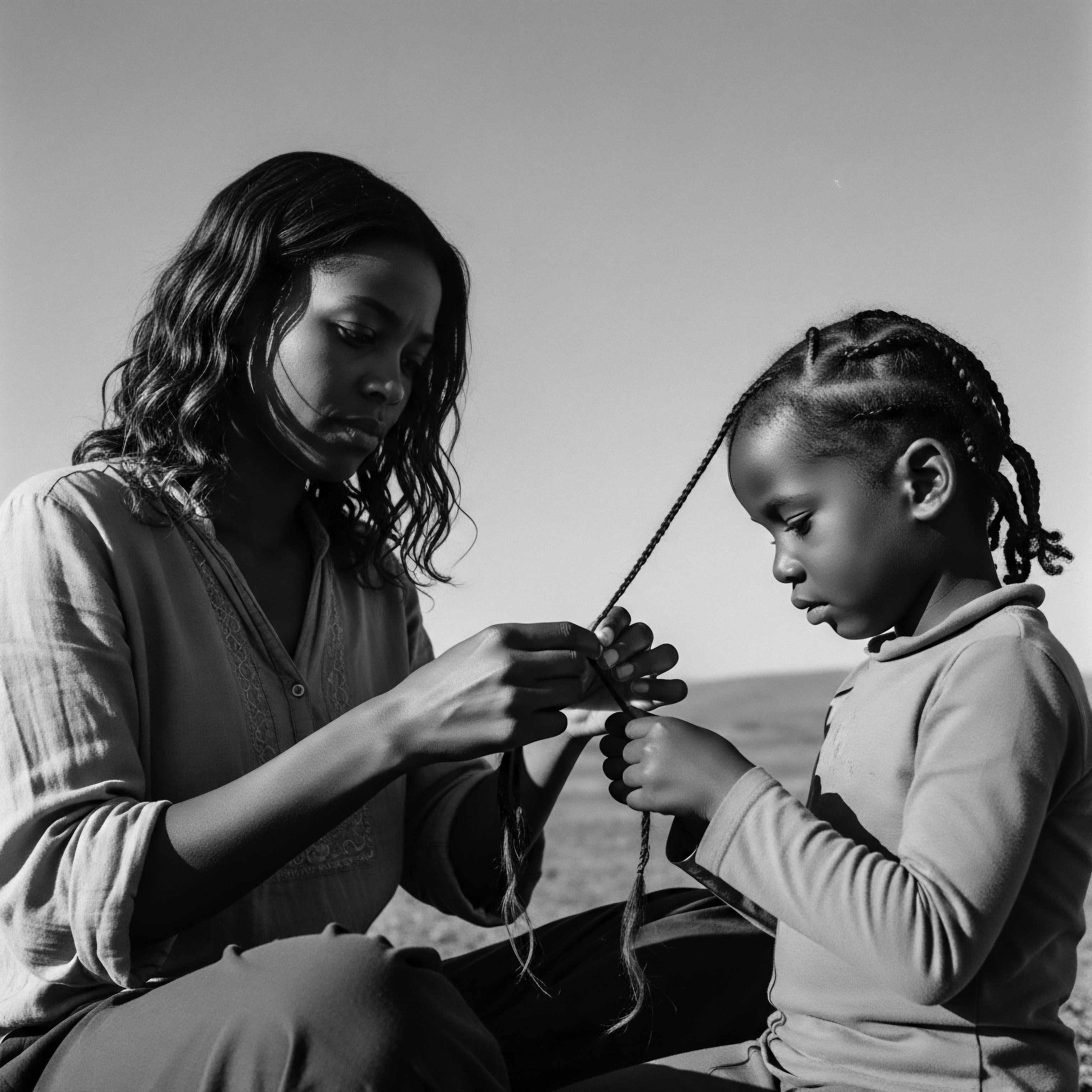
Hair’s Social Language
Beyond its biological composition, hair in ancestral communities spoke a rich, visual language. Styles communicated intricate details about an individual’s identity, social standing, age, marital status, and even their religious beliefs. A person’s coiffure could signify their tribal affiliation, whether they were in mourning, or if they were of noble birth. This social grammar meant that hair care was never a solitary act; it was a communal endeavor, a moment for bonding, storytelling, and the transmission of cultural knowledge from elder to youth.
Hair in ancestral communities served as a profound visual language, communicating identity, status, and heritage through intricate styles and communal care.
For instance, the Maasai people of East Africa utilized distinctive hairstyles for young warriors during initiation, while the Himba tribe in Namibia famously wore dreadlocked styles coated with red ochre paste, symbolizing their connection to the earth and their ancestors. These styles were not static; they evolved with life events, marking transitions and achievements. This dynamic relationship between hair and identity underscores a foundational principle ❉ hair care was, and remains, an act of self-definition and cultural continuity.
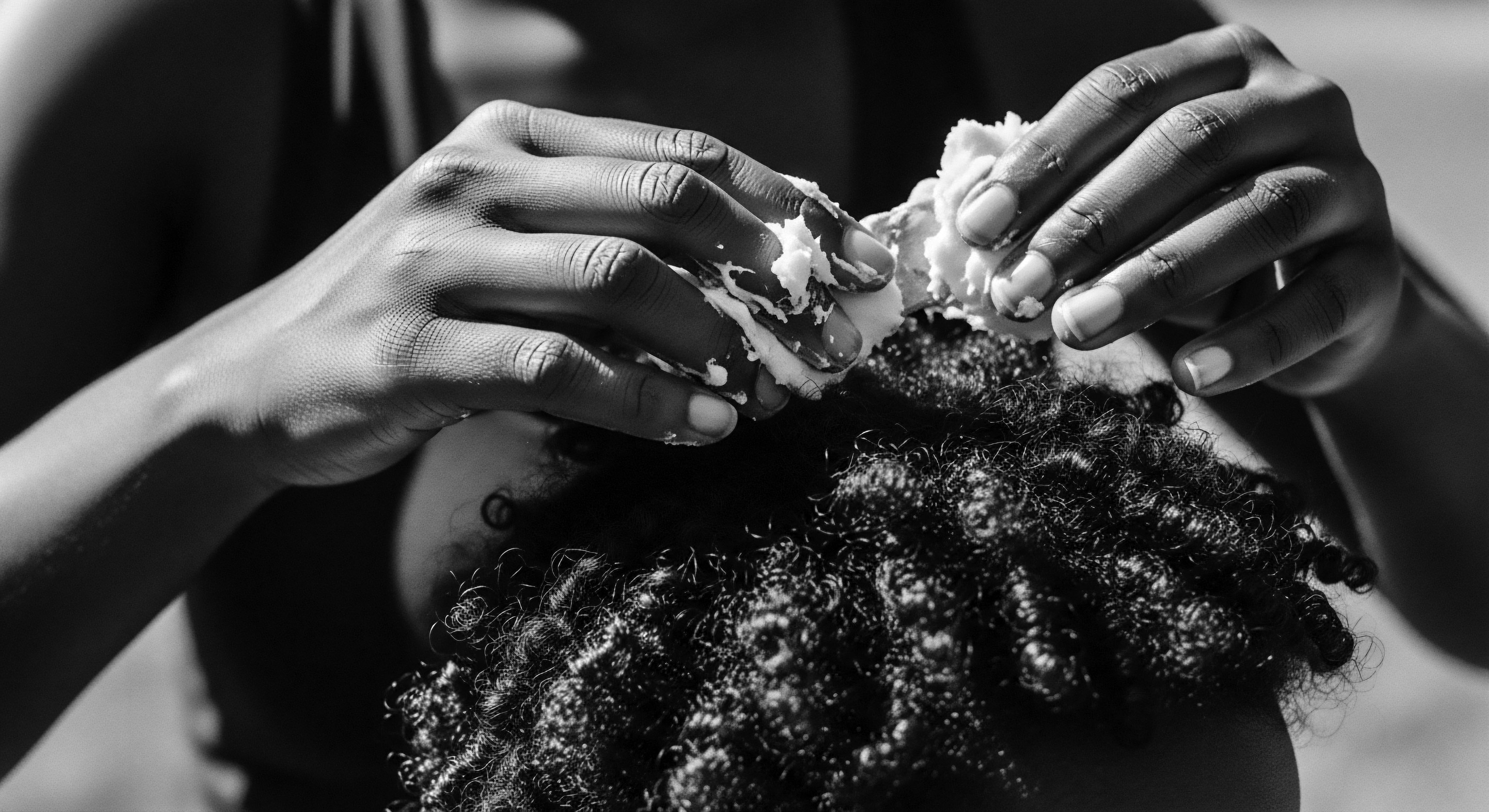
Traditional Terms and Their Enduring Meaning
The lexicon surrounding textured hair today often borrows from, or parallels, terms rooted in historical practices. While modern science provides clinical classifications, the traditional understanding of hair’s characteristics was often more descriptive and experiential.
- Irun Kiko ❉ This Yoruba term describes a traditional African hair threading technique, noted as early as the 15th century in Nigeria. It speaks to the ancient practice of wrapping hair with thread to stretch, straighten, and protect it, a method that aligns with modern tension-based styling for length retention.
- Dukus and Doek ❉ These terms refer to headwraps, traditional attire in various African countries like Ghana and Namibia, signifying wealth, ethnicity, marital status, and even emotional state. Their use extends from ancient protection to a symbol of resilience and cultural expression.
- Chebe Powder ❉ Sourced from the Northern Chad mountains, this powdered plant mixture, traditionally mixed with water or oils, is applied to hair to aid length retention by sealing the cuticle. It is a long-standing staple in Chadian families, passed down through generations.
These terms carry the weight of centuries, connecting contemporary discussions about hair to a deep historical lineage. They remind us that the quest for healthy, beautiful textured hair is not new; it is a continuation of ancestral wisdom.
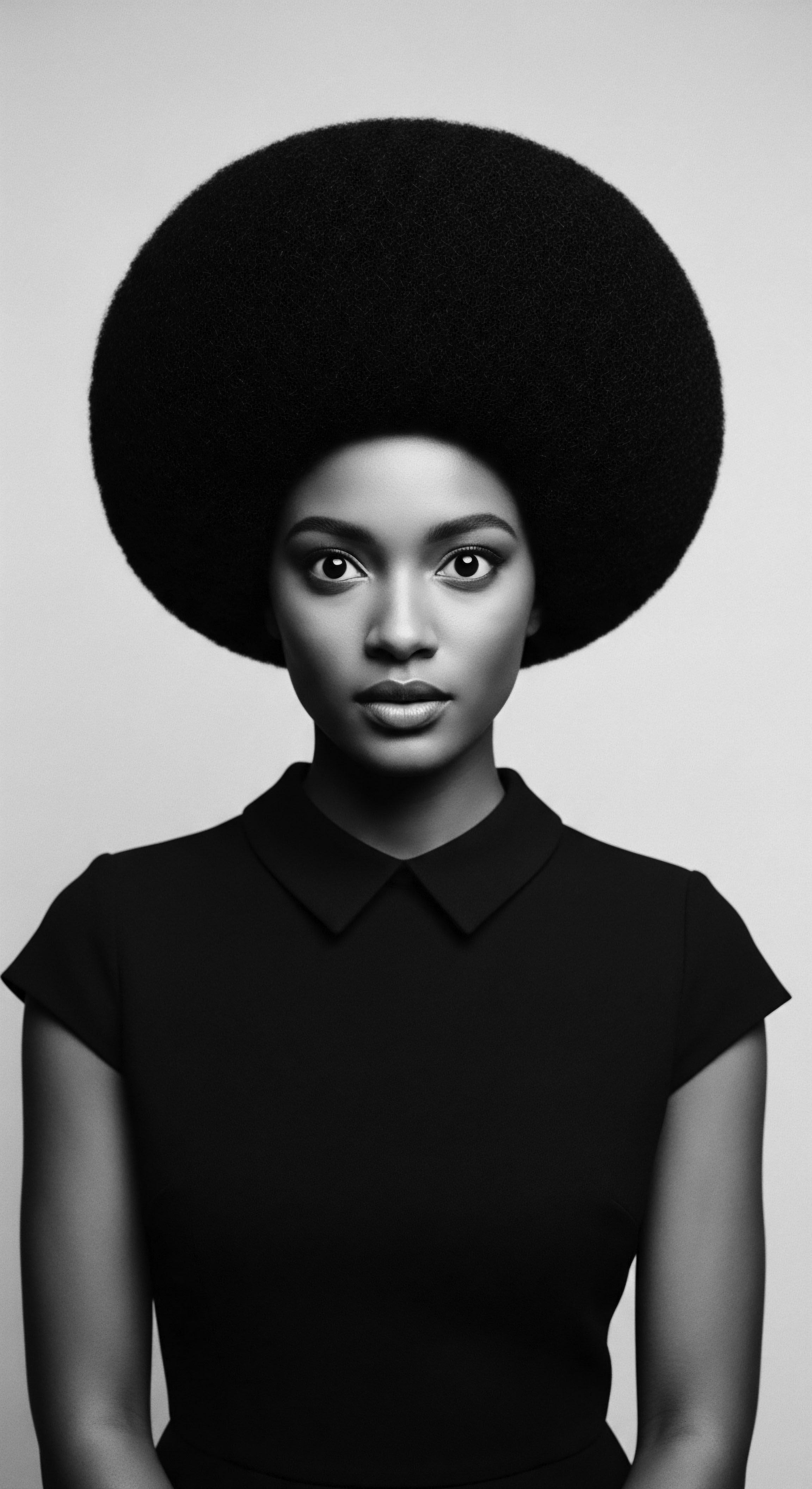
Cycles of Growth and Environmental Influences
Hair growth cycles, while biologically universal, were profoundly influenced by historical environmental and nutritional factors. Access to nourishing foods, clean water, and protection from harsh climates directly impacted hair health. In many parts of Africa, the dry, hot climate necessitated constant moisture and protection for textured hair, leading to the widespread use of oils and butters.
The knowledge of specific plants and their properties was paramount. Ethnobotanical studies reveal a vast array of African plants traditionally used for hair care, addressing concerns from hair loss to scalp health. For instance, Shea butter , derived from the Karite tree, was a staple across the Sahel belt, valued for its ability to trap moisture and protect against UV radiation.
Moringa oil , revered in ancient Egypt, was prized for its lightweight texture and antioxidant content, promoting scalp health and growth. These historical practices were not just about aesthetics; they were about survival, about adapting to the environment, and about maintaining physical and spiritual wellbeing through meticulous care.
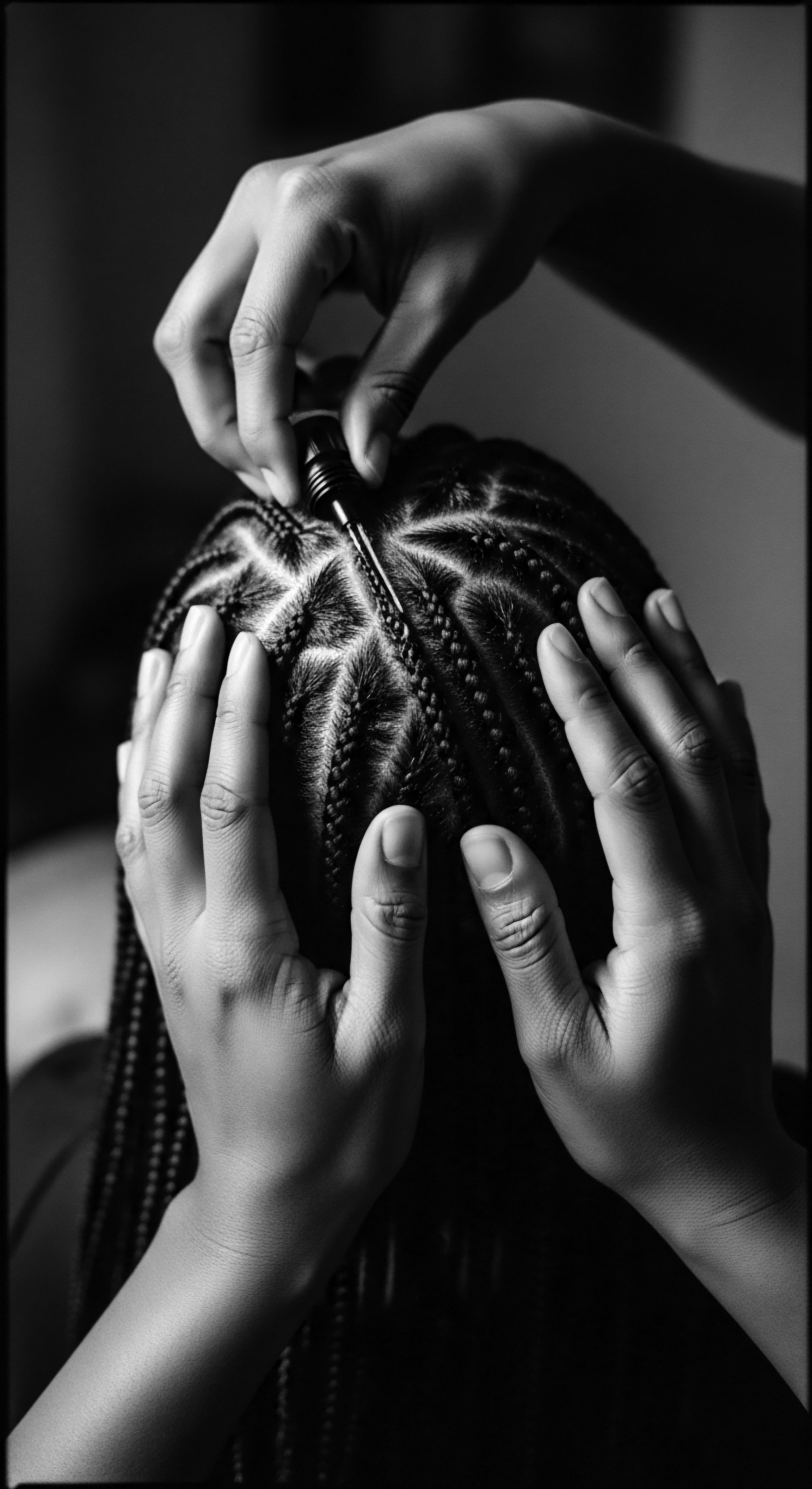
Ritual
As we move from the foundational understanding of textured hair to the practical applications of its care, we acknowledge a shared desire for vitality and beauty that transcends time. This section steps into the intimate spaces where hands met hair, where knowledge was shared through touch and presence, and where ancient techniques transformed into living traditions. Here, we delve into the evolution of styling and care, inviting a thoughtful consideration of how historical rituals, born of necessity and artistry, continue to shape our contemporary approaches to textured hair. It is a journey into the tender thread of practice, recognizing that every twist, braid, and application of oil carries echoes of those who perfected these methods long ago.

Protective Styling Through Time
The concept of protective styling, a cornerstone of modern textured hair care, has deep ancestral roots. Before the term existed, communities across Africa intuitively understood the need to shield delicate strands from environmental aggressors and excessive manipulation. Styles like braids, twists, and locs were not merely decorative; they were ingenious solutions for hair preservation and management, allowing for growth and minimizing breakage.
Consider the historical example of cornrows . Dating back to 3500 BCE, as depicted in Stone Age paintings in the Sahara, these intricate patterns were not just a hairstyle but a sophisticated form of communication. During the harrowing Transatlantic Slave Trade, enslaved African women famously braided rice seeds into their cornrows as a means of survival, ensuring sustenance in unfamiliar lands.
Furthermore, these tightly woven patterns were reportedly used to create maps, guiding individuals to freedom, a profound testament to hair as a tool of resistance and a vessel of heritage. This remarkable historical instance illuminates how a hair practice became a literal lifeline, influencing not just hair care, but the very trajectory of human lives.
Today’s box braids, Senegalese twists, and Bantu knots are direct descendants of these ancient forms, carrying forward a legacy of protection and cultural expression. The modern understanding of reducing tension and safeguarding ends mirrors the practical wisdom of our ancestors who spent hours meticulously styling hair to last, reducing daily handling.
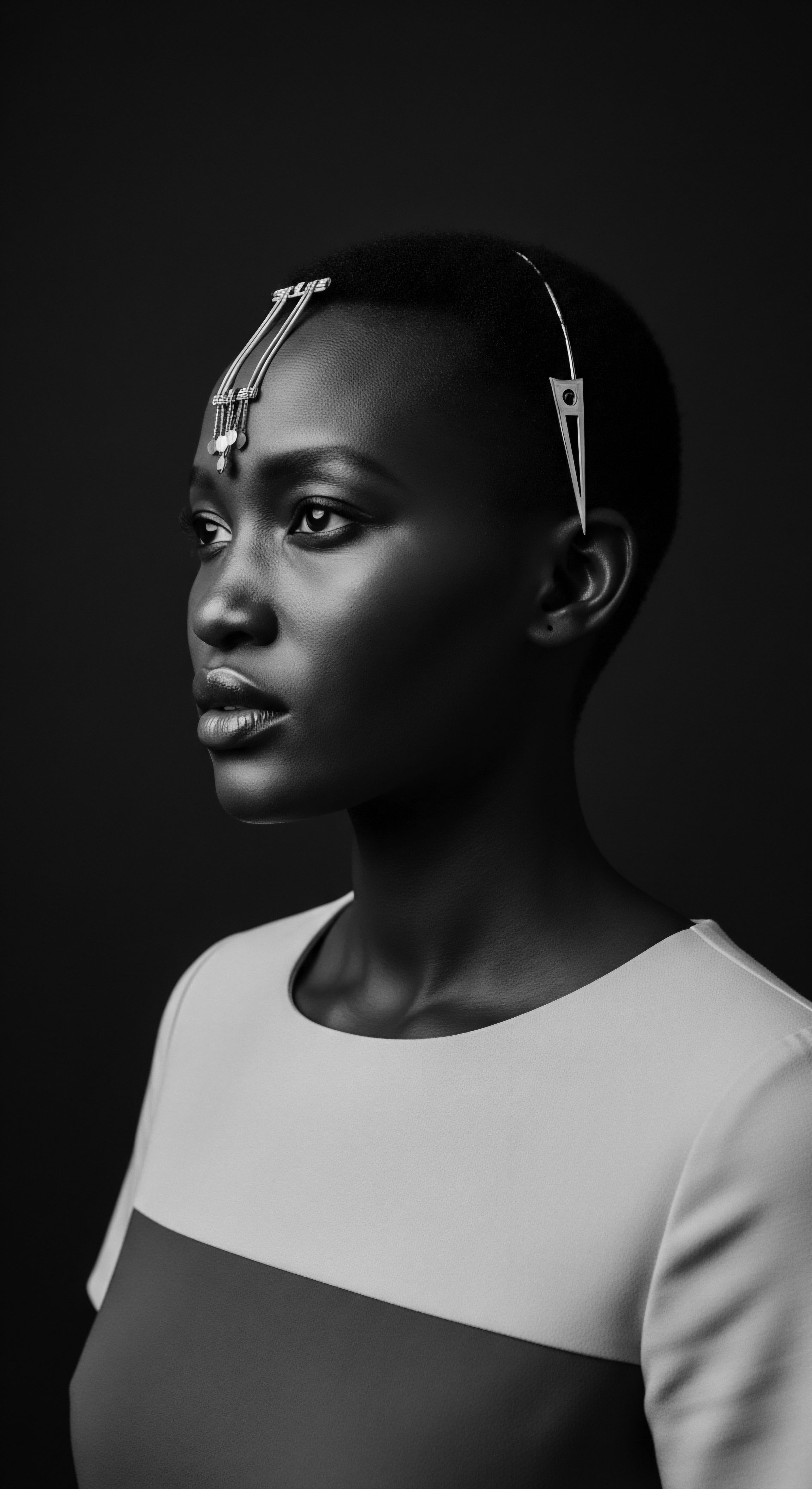
Natural Styling and Defining Heritage
The pursuit of natural styling and definition, so prevalent in contemporary textured hair communities, is a direct continuation of ancestral methods that celebrated hair in its inherent form. In pre-colonial Africa, afros, coils, and loose curls were adorned and shaped using natural elements. The goal was to enhance the hair’s natural beauty, not to alter its intrinsic pattern.
Ancient Egyptians, for instance, used fat-based gels and beeswax to set elaborate braided and curled styles, suggesting an early understanding of product application for hold and definition. This resonates with modern practices of using gels and creams to clump curls and reduce frizz, showcasing a timeless pursuit of sculpted, polished natural styles. The methods may have evolved, but the underlying intention to define and showcase the hair’s inherent beauty remains constant.
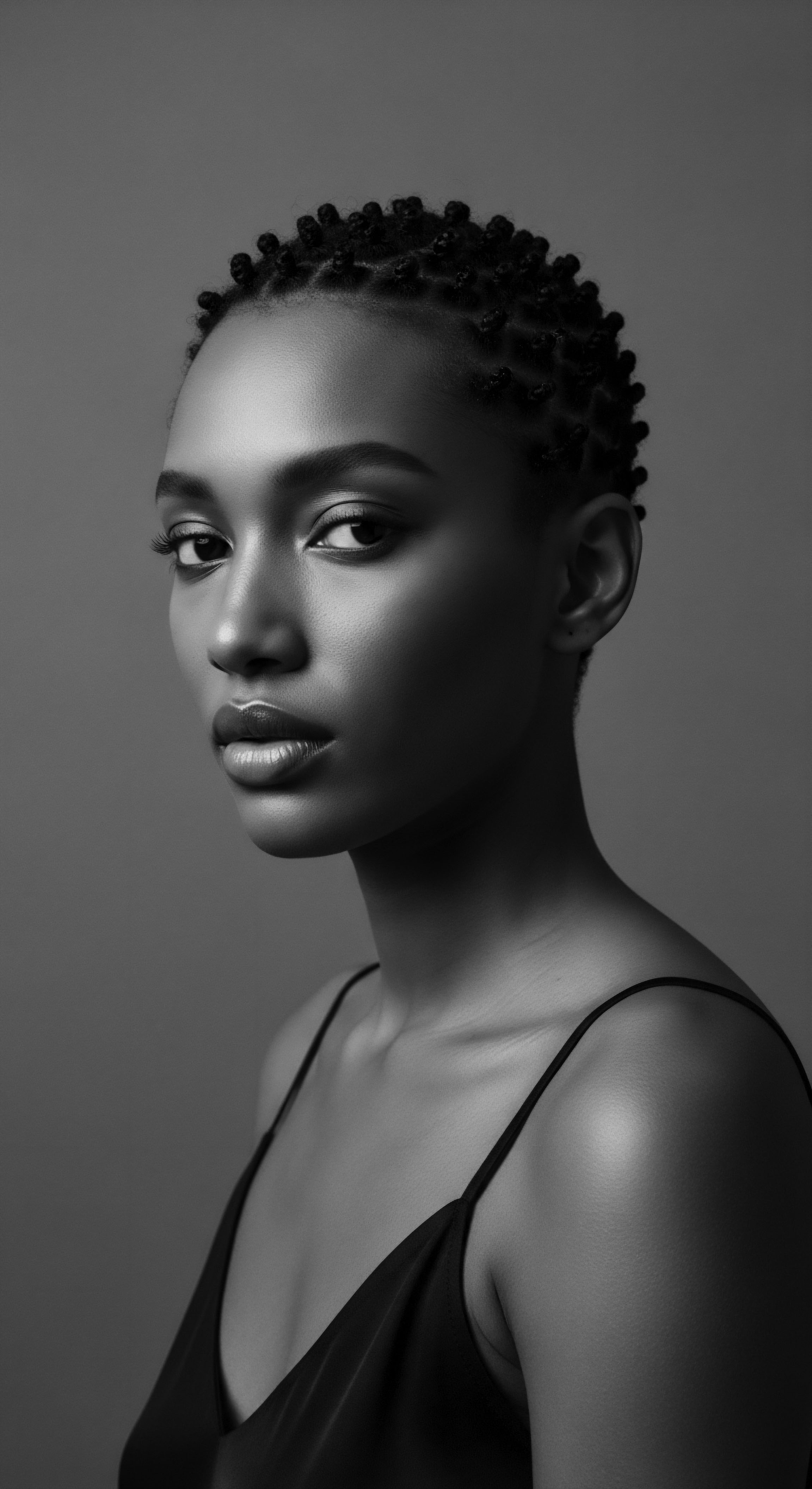
The Tools of Tradition and Today
The tools used for textured hair care have also undergone a remarkable evolution, yet many modern implements find their conceptual roots in ancestral designs.
| Traditional Tool/Method Wide-toothed combs crafted from wood, bone, or metal |
| Modern Parallel/Influence Designed to detangle fragile textured hair with minimal breakage, directly influencing modern wide-tooth combs and detangling brushes. |
| Traditional Tool/Method Heated butter knives/forks and lye mixtures for straightening during slavery |
| Modern Parallel/Influence Precursors to the hot comb and chemical relaxer, born of forced assimilation but revealing early attempts at thermal and chemical alteration. |
| Traditional Tool/Method Gourds, leaves, and natural containers for mixing and storing ingredients |
| Modern Parallel/Influence The concept of dedicated mixing bowls and product containers, though now mass-produced, carries the heritage of preparing personalized remedies. |
| Traditional Tool/Method The ingenuity of ancestral tools laid the groundwork for contemporary textured hair implements, adapting to changing circumstances while maintaining their core purpose. |
The transition from makeshift tools born of oppression to purpose-built implements today reflects a journey of reclamation and innovation. The demand for tools that cater specifically to textured hair’s unique needs, such as combs with wider spaces between teeth, is a direct echo of the recognition of its fragility, a lesson learned and relearned through generations.
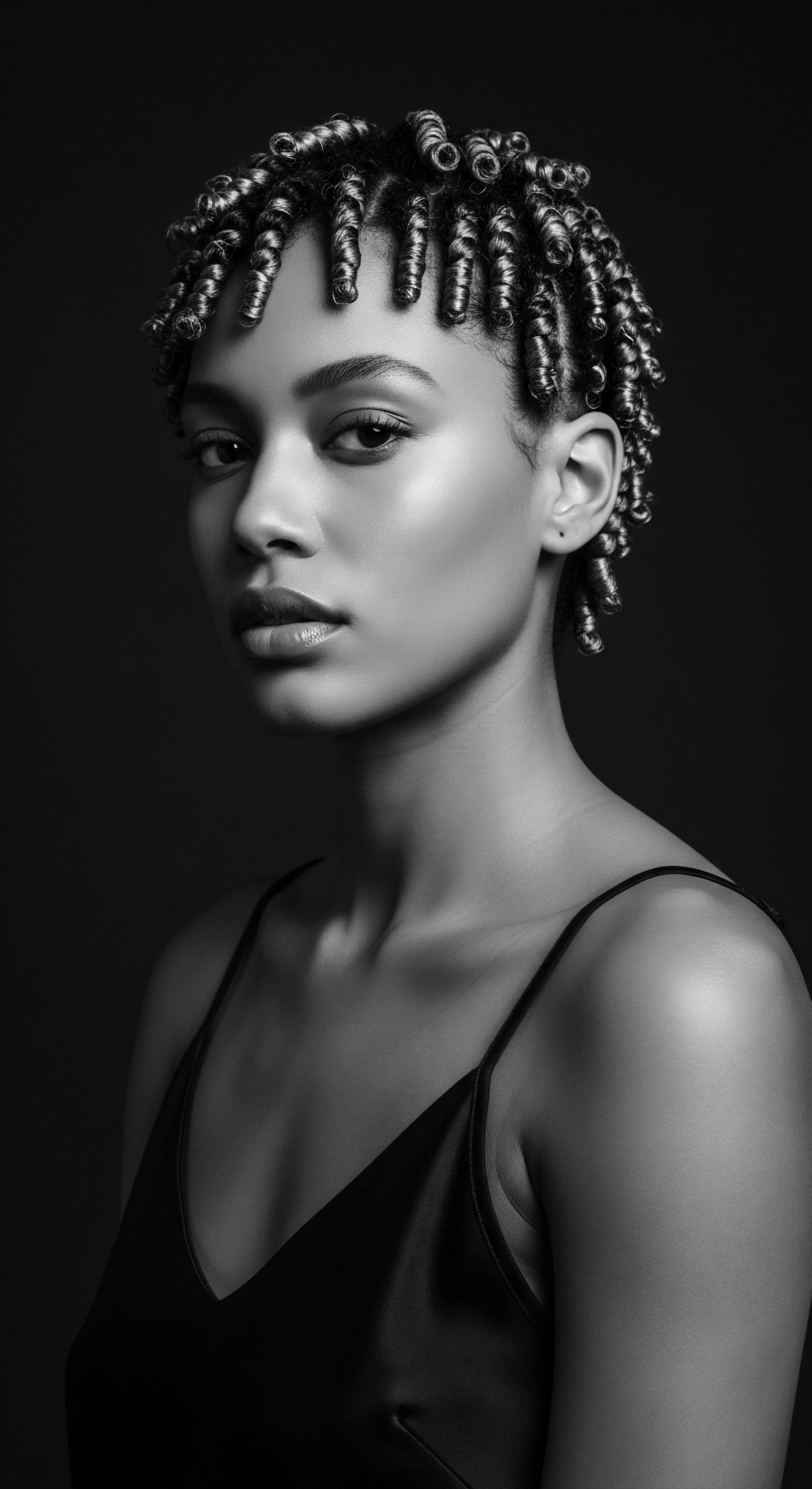
Thermal Alteration ❉ A Historical Mirror
The use of heat to alter textured hair, a practice with a complex legacy, also has historical precedent. While modern flat irons and blow dryers offer precise control, the desire for straightened hair in the post-emancipation era led to inventive, albeit often damaging, methods. Enslaved women, seeking to align with Eurocentric beauty standards for social and economic opportunity, resorted to slathering hair with substances like butter, bacon fat, or goose grease, then using a butter knife heated over a fire to straighten strands.
This painful history of forced assimilation, driven by systemic racism and the concept of texturism, directly influenced the popularization of the hot comb by pioneers like Madam C.J. Walker in the early 1900s. While Walker’s products offered a safer alternative to lye-based straighteners, the underlying pressure to conform remained. Understanding this past informs our contemporary conversations about heat styling, urging a safety-first approach and a deeper appreciation for the beauty of natural texture, free from external pressures.
The evolution of styling tools and techniques, from ancient braiding to the complexities of heat application, reveals a continuous dialogue between heritage and adaptation.
The very act of hair styling, whether through intricate braids or thermal treatments, has always been a reflection of social currents and individual agency. The techniques, tools, and transformations seen today are not isolated phenomena; they are threads woven into a much larger, older fabric of textured hair heritage.
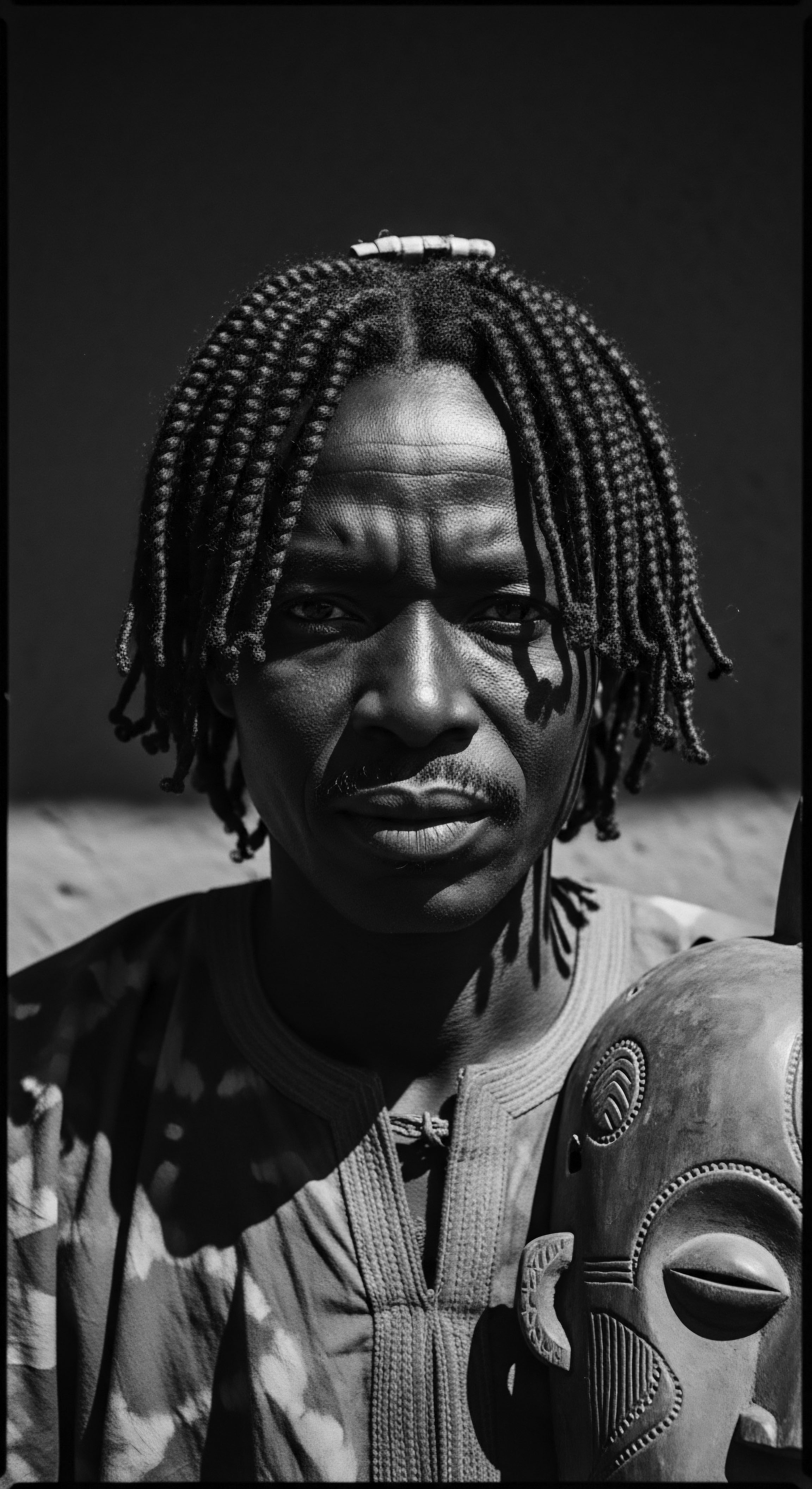
Relay
As we deepen our contemplation of textured hair, its history, and its enduring care, we are invited to consider a more profound sub-question ❉ How does the intricate dance between ancient wisdom and contemporary scientific understanding continue to shape our collective narrative and the future of textured hair traditions? This section welcomes you into a space where the elemental biology of hair converges with cultural narratives, where ancestral practices are illuminated by modern research, and where the past does not simply inform the present, but actively sculpts the possibilities of tomorrow. It is a journey into the interconnectedness of knowledge, revealing how our heritage provides not just context, but a vibrant blueprint for holistic wellness.
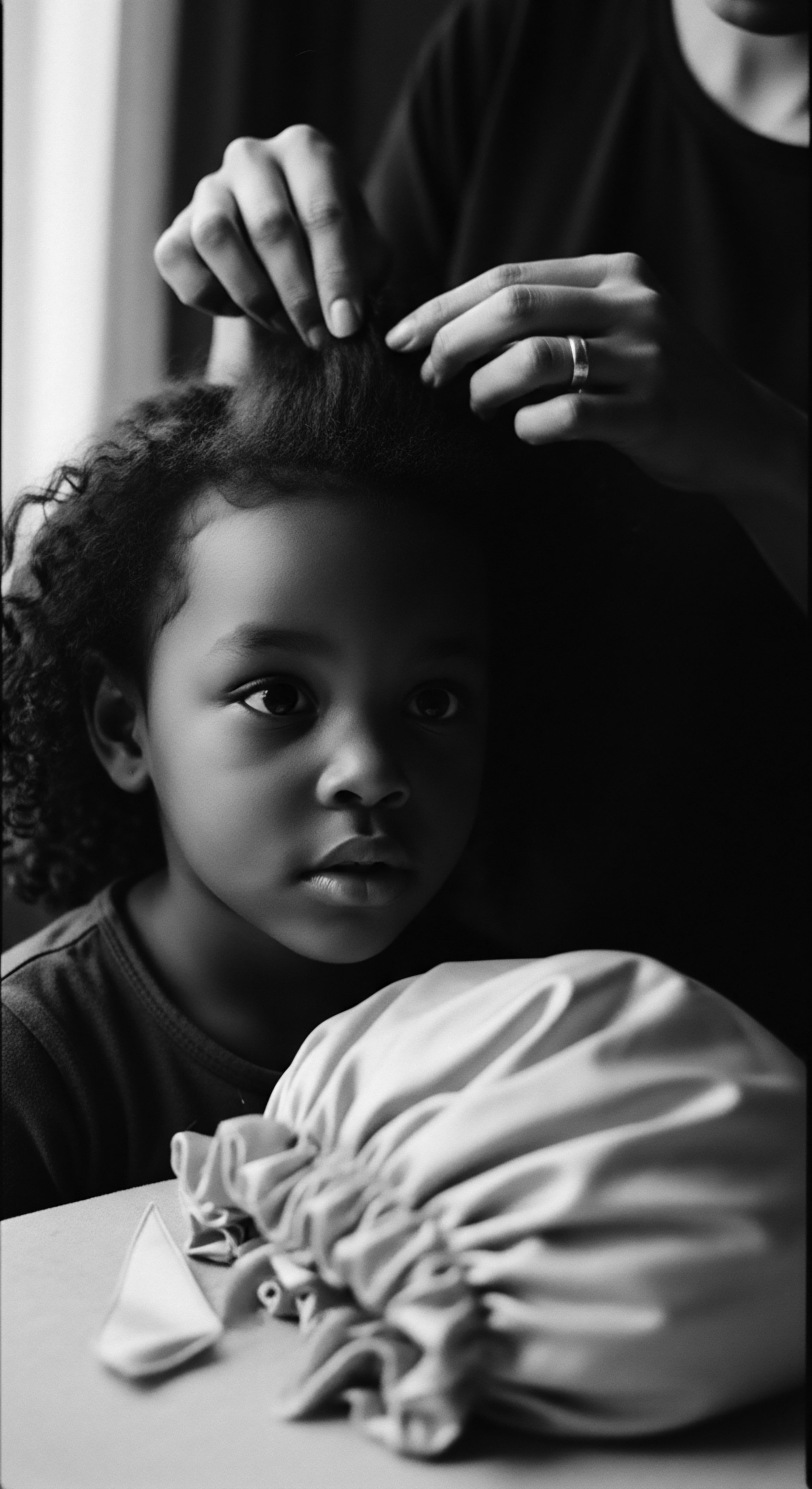
Crafting Regimens from Ancient Blueprints
The creation of a personalized textured hair regimen today is a sophisticated practice, yet its core principles echo ancestral wisdom. Before commercial products existed, communities relied on what was available from their immediate environment, developing highly effective routines tailored to their specific needs and climates. This approach, deeply rooted in ethnobotany, prioritized natural ingredients for cleansing, conditioning, and protecting hair.
For instance, traditional African communities utilized African Black Soap for cleansing, known for its gentle yet effective properties, often made from shea butter and plant ash. This contrasts sharply with the harsh, sulfate-laden shampoos that dominated the market for decades, which often stripped textured hair of its essential moisture. Modern hair science now validates the importance of gentle, sulfate-free cleansers, drawing a clear line back to these ancestral practices.
Similarly, the ancient use of rhassoul clay from Morocco offered a non-stripping mud wash, cleaning both hair and scalp without removing beneficial properties. These historical solutions serve as powerful reminders that the quest for hair health often circles back to elemental, nature-derived approaches.
The modern “LOC” (Liquid, Oil, Cream) or “LCO” (Liquid, Cream, Oil) methods, popular for moisture retention in textured hair, are also deeply resonant with historical practices. In West African traditions, oils and butters were consistently used to keep hair moisturized in hot, dry climates, often paired with protective styles to maintain length and health. This systematic layering of moisture and sealant was an intuitive response to the hair’s needs, long before scientific acronyms were assigned. The continued efficacy of these layering techniques underscores the enduring wisdom embedded in ancestral care rituals.
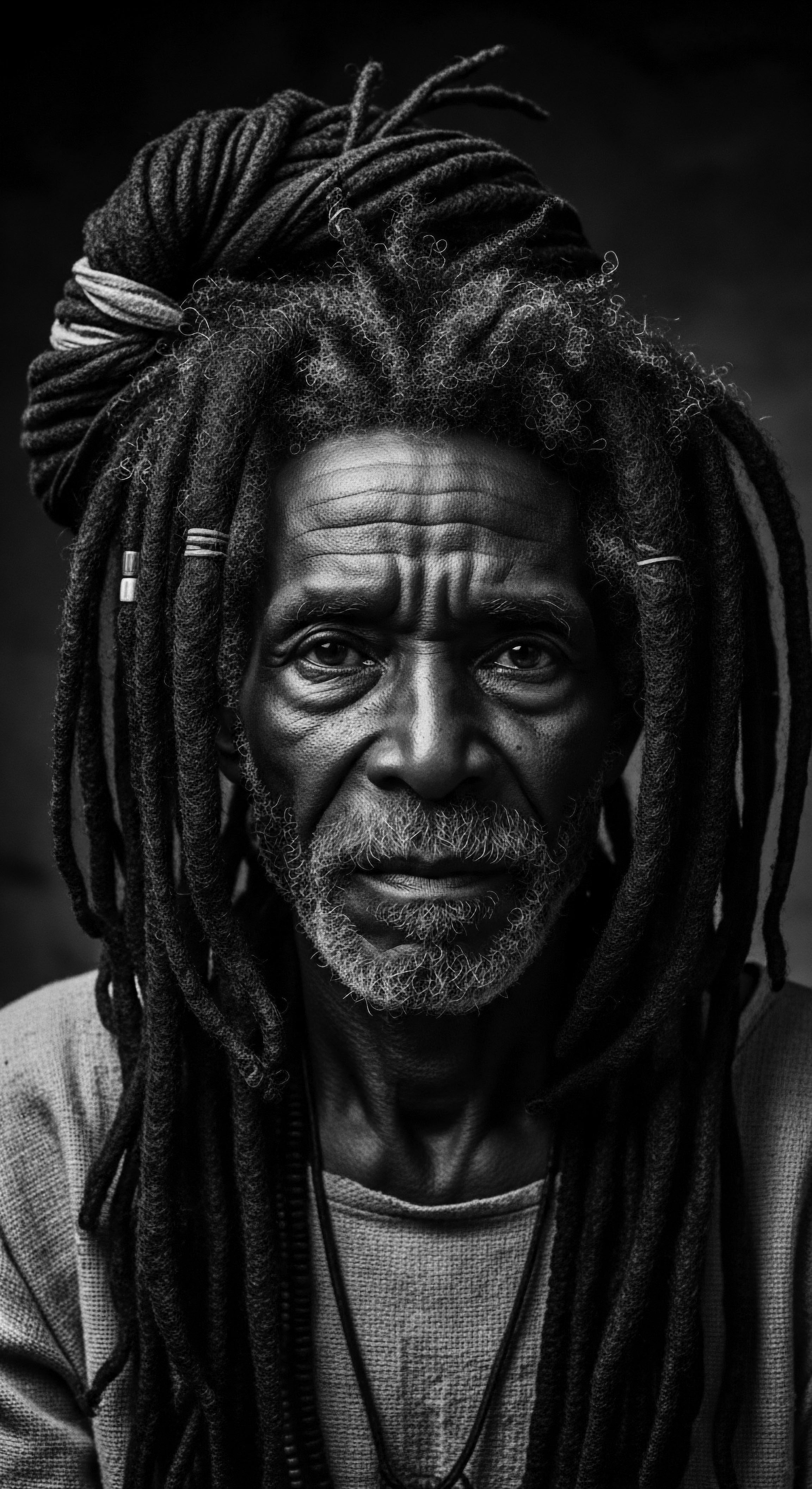
The Nighttime Sanctuary and Bonnet Wisdom
The nighttime protection of textured hair, particularly through the use of bonnets and headwraps, is a practice steeped in profound heritage and practical science. While sleep caps were used by European women in the mid-1800s for warmth, the history of headwraps in African cultures extends back centuries, signifying wealth, ethnicity, marital status, and emotional states.
During the era of enslavement, headwraps and bonnets took on a dual, painful significance. They were weaponized as tools to visibly distinguish and subjugate Black women, with laws like Louisiana’s Tignon Law in 1786 forcing Black and biracial women to cover their hair as a marker of inferior status. Yet, in a remarkable act of defiance and creative expression, these women transformed the very instruments of oppression into symbols of resistance, adorning them with beautiful fabrics, feathers, and jewels. This act of reclaiming the headwrap as a cultural statement speaks volumes about resilience.
The enduring tradition of nighttime hair protection, particularly with bonnets, carries a complex heritage of cultural symbolism, resistance, and scientific efficacy.
From a scientific perspective, the use of satin or silk for modern bonnets and scarves directly addresses the needs of textured hair. These smooth fabrics minimize friction, preventing breakage, split ends, and moisture loss—a practical benefit long recognized by those who understood the hair’s delicate nature. The ancestral wisdom of covering and protecting hair, whether for cultural identity or practical preservation, finds its modern validation in the science of hair health.
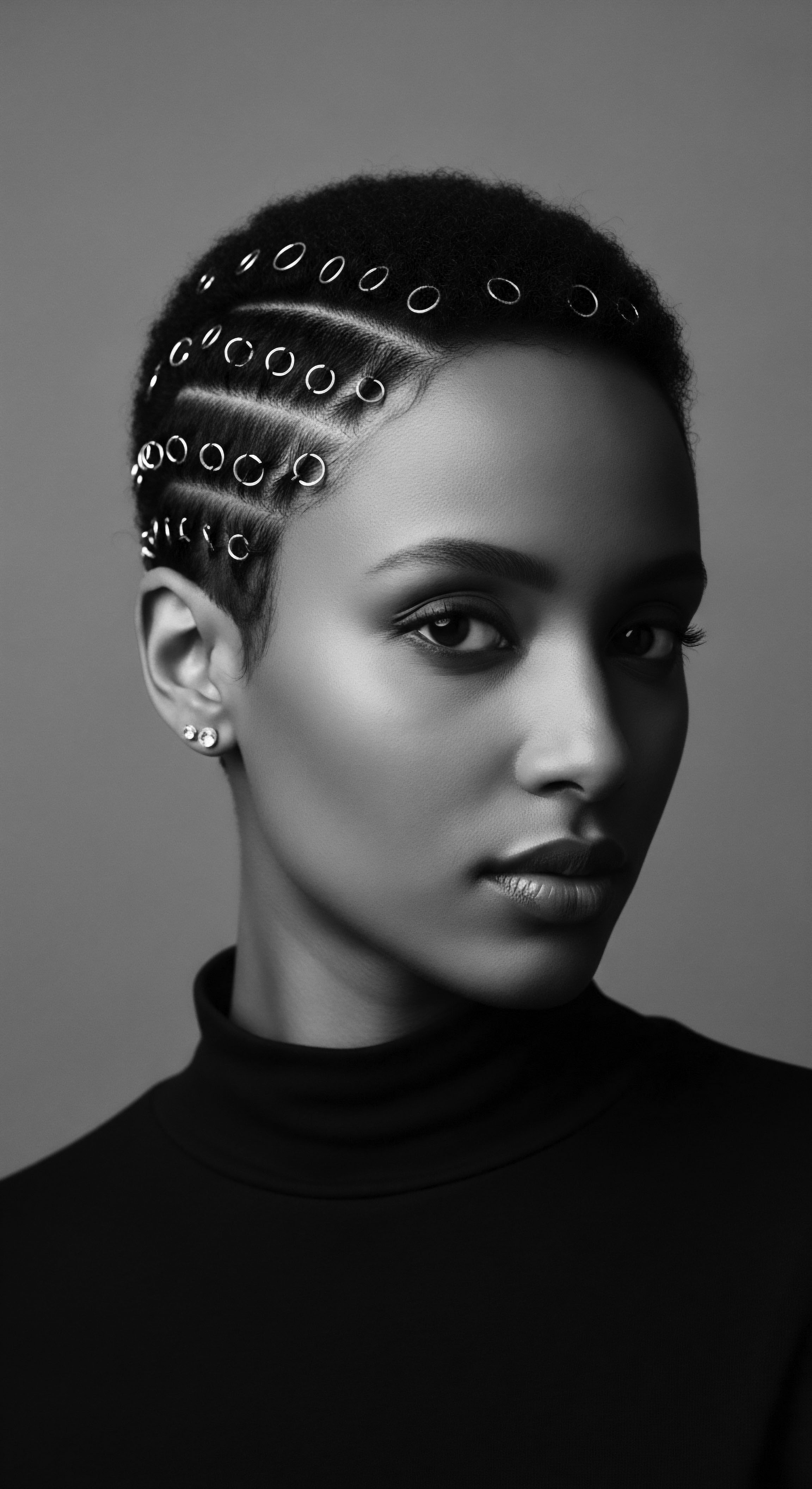
Ingredient Deep Dives ❉ Validating Ancestral Remedies
The traditional ingredients favored in historical hair care for textured hair often possess properties now affirmed by modern scientific inquiry. This validation strengthens the argument for integrating ancestral wisdom into contemporary regimens.
Consider the rich array of botanicals:
- Shea Butter (Vitellaria Paradoxa) ❉ Historically used across West Africa for its moisturizing and protective qualities, scientific analysis confirms its high content of fatty acids and vitamins A, E, and F, making it an exceptional emollient and UV protectant for hair and skin.
- Castor Oil (Ricinus Communis) ❉ Employed in ancient Egypt and indigenous cultures for scalp care and hair growth, modern studies acknowledge its ricinoleic acid content, which contributes to its anti-inflammatory and moisturizing benefits, supporting a healthy scalp environment.
- Henna (Lawsonia Inermis) ❉ A staple in ancient Egyptian haircare, used for coloring and strengthening. Its leaves contain lawsone, a dye molecule that binds to keratin, adding a protective layer to the hair shaft and improving texture and shine, especially beneficial in arid climates.
- Chebe Powder (Croton Zambesicus) ❉ From Chadian traditions, this powder, when applied as a paste, is believed to aid length retention by filling hair shaft spaces and sealing the cuticle. While its growth-stimulating claims require further research, its sealing properties align with modern understanding of cuticle health.
These examples underscore a profound connection ❉ the practical efficacy observed by generations past is increasingly explained and substantiated by contemporary scientific understanding. The ancestral approach to hair care was, in many ways, an applied science, honed through centuries of observation and empirical success.
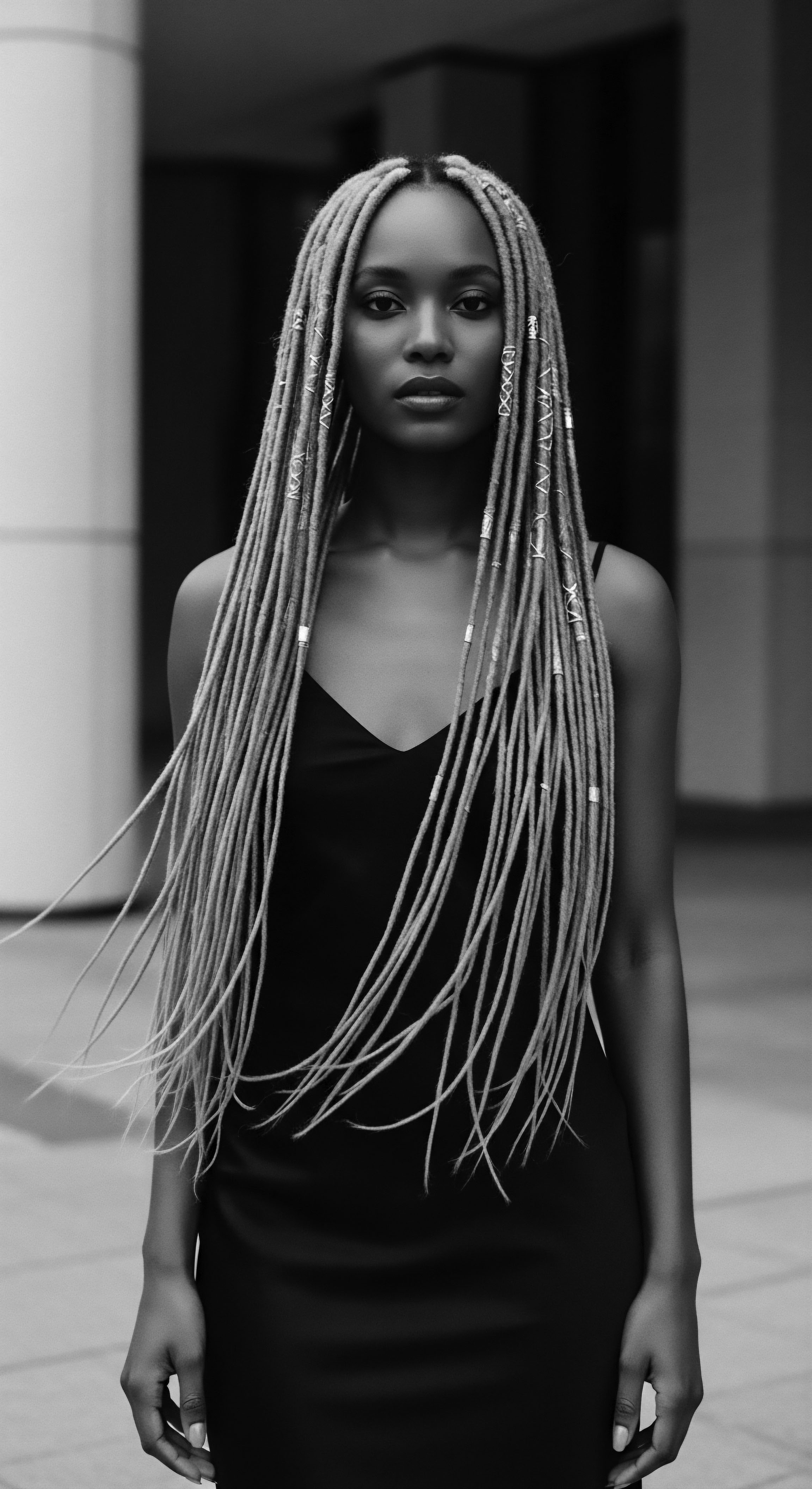
Holistic Influences on Hair Health
The holistic approach to hair health, central to Roothea’s ethos, finds its deepest resonance in ancestral wellness philosophies. In many African cultures, hair was not isolated from the body or spirit; it was an integral part of overall wellbeing. This integrated view meant that physical health, spiritual harmony, and community connection all contributed to the vitality of one’s hair.
The communal aspect of hair care, where mothers, daughters, and friends gathered to braid and groom hair, fostered social bonds and mental wellness. These were not just chores, but therapeutic rituals, providing moments of connection and shared identity. This contrasts with more individualistic, often isolating, modern beauty routines.
Furthermore, the recognition of internal factors influencing hair health was implicit in traditional practices. While modern science explicitly links nutritional shortcomings to hair loss and other pathologies, ancestral wisdom often incorporated medicinal plants and dietary practices that indirectly supported hair vitality. The focus on nourishing the body from within, alongside external applications, represents a comprehensive approach to hair care that is now being rediscovered and championed in holistic wellness circles. The wisdom of our forebears reminds us that truly radiant hair springs from a balanced existence, nurtured by tradition, community, and the earth’s bounty.
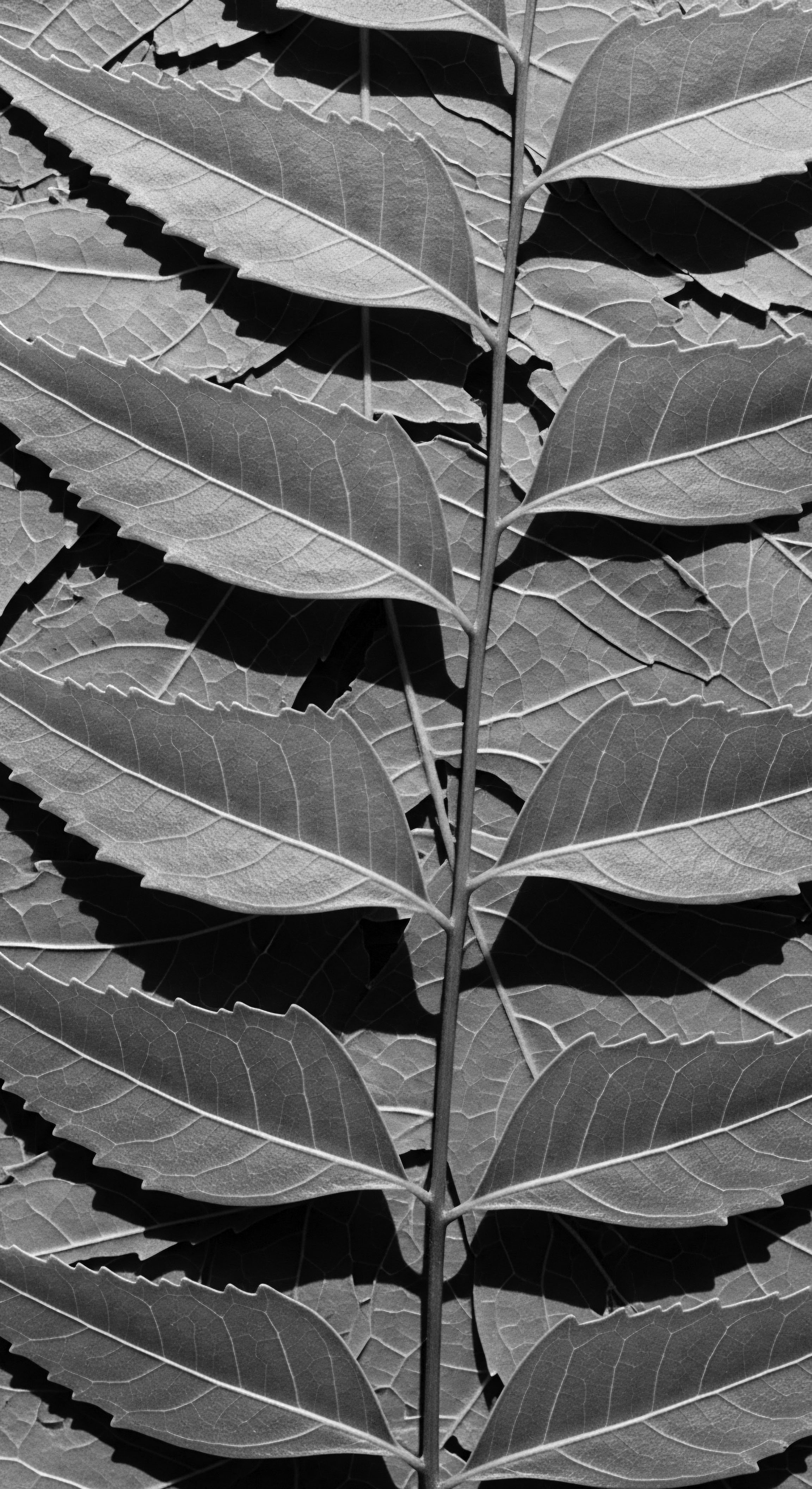
Reflection
The journey through the heritage of textured hair reveals more than a mere chronology of practices; it unearths a living, breathing narrative of resilience, innovation, and profound cultural identity. From the earliest communal rituals in pre-colonial Africa to the defiant acts of care during enslavement, and onward to the vibrant natural hair movement of today, every strand carries the indelible mark of history. We see how elemental biological truths about hair’s structure were instinctively understood and addressed by ancestral hands, long before the advent of modern scientific tools. The enduring use of natural oils, butters, and protective styles stands as a testament to a wisdom that transcends time, a legacy of care passed down through generations.
Our exploration highlights that modern care for textured hair is not a radical departure, but a continuation, a re-discovery, and a scientific validation of practices perfected over centuries. The contemporary bonnet, a simple yet powerful tool, echoes the historical headwrap’s complex journey from symbol of status to instrument of oppression, and ultimately, to a beacon of cultural reclamation. This rich heritage invites us to approach our hair not just as a physical attribute to be managed, but as a sacred connection to our past, a vibrant expression of our present, and a guiding force for our future. In every coil, every twist, every tender application of ancestral knowledge, we honor the soul of a strand, a testament to an unbreakable lineage of beauty and strength.
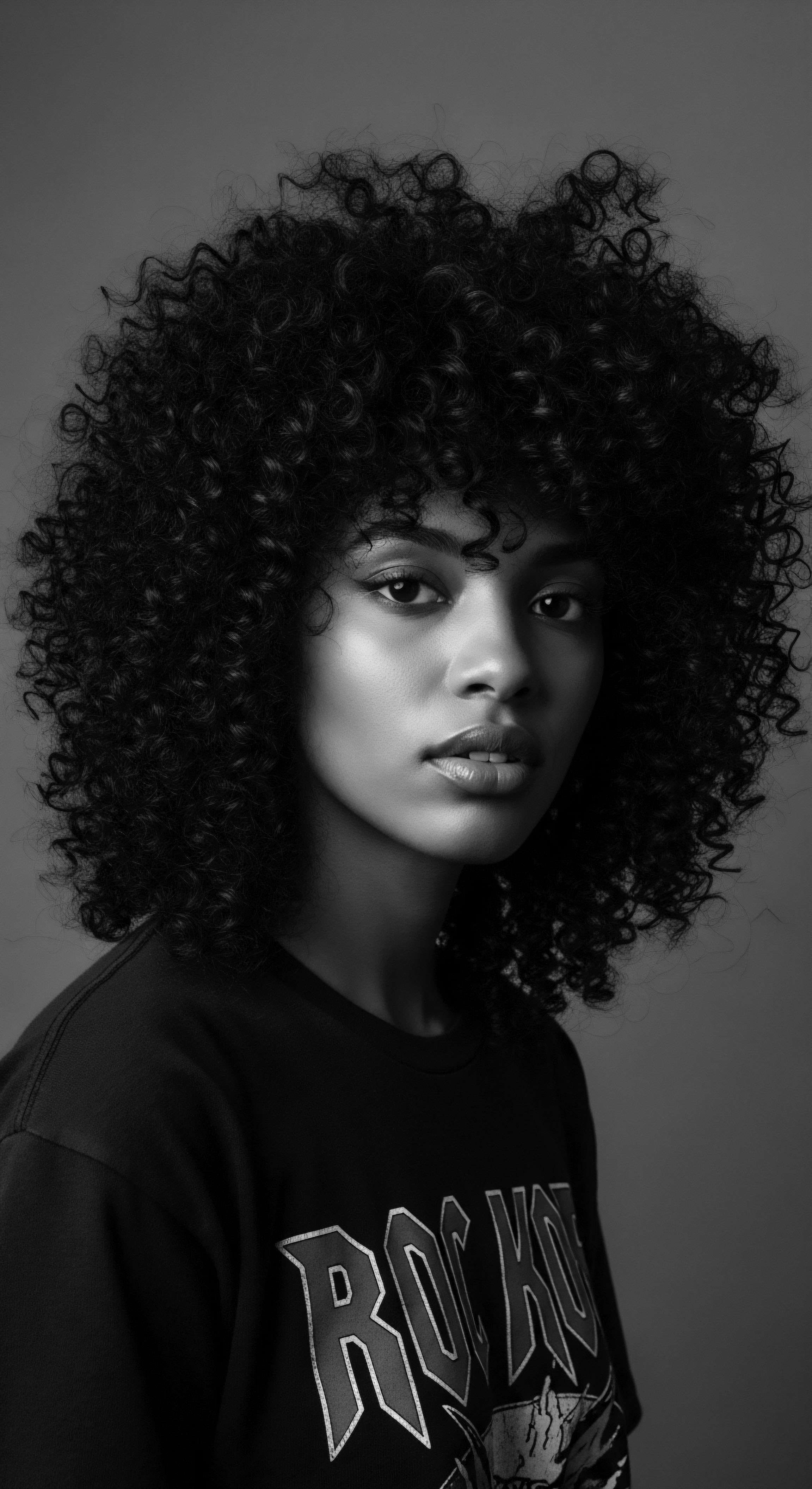
References
- Byrd, A. D. & Tharps, L. (2001). Hair Story ❉ Untangling the Roots of Black Hair in America. St. Martin’s Press.
- Heaton, S. (2021). The Hair That Binds Us ❉ A Social and Cultural History of Black Hair. Routledge.
- Johnson, K. A. & Bankhead, A. M. (2014). Hair Story ❉ Untangling the Roots of Black Hair in America. St. Martin’s Press.
- McCreesh, N. C. Gize, A. P. & David, A. R. (2011). Ancient Egyptian Hair Gel ❉ New Insight into Ancient Egyptian Mummification Procedures through Chemical Analysis. Journal of Archaeological Science, 38(12), 3432-3434.
- Rosado, P. (2003). The Grammar of Hair ❉ Identity, Resistance, and Transindividuation in the African Diaspora. University of California Press.
- Simon, D. (2001). Hair ❉ Public, Political, Extremely Personal. Yale University Press.
- Thompson, C. (2009). Black Women and the Natural Hair Movement. University Press of Florida.
- Warner-Lewis, M. (1991). Guinea’s Other Suns ❉ The African Dynamic in Trinidad Culture. Majority Press.
- Warner-Lewis, M. (1997). Central Africa in the Caribbean ❉ Transcending Time, Transforming Cultures. University Press of Florida.
- Warner-Lewis, M. (2003). The Cultural and Linguistic Transmission in the Caribbean. University Press of Florida.
- Yerima, K. (2017). The Imperial Aesthetic and the Diminution of Black Identity. Journal of Cultural Studies, 45(3), 640-655.
